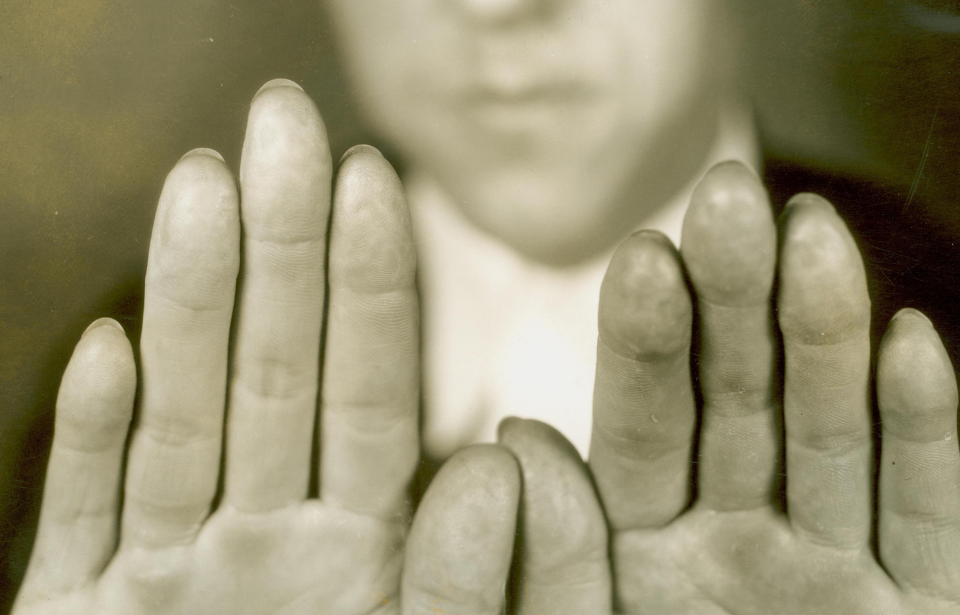Today, plastic surgery and body alterations are fairly common. If you desire to change your appearance and have the income to do so, by all means, go ahead! However, during Prohibition, plastic surgery was used for something completely different – removing fingerprints! For mobsters in the 1930s, leaving fingerprints behind or having a recognizable face was very inconvenient in their line of work. So, notorious mobsters would hire plastic surgeons to change their faces or remove their fingerprints!
The famous case of John Dillinger
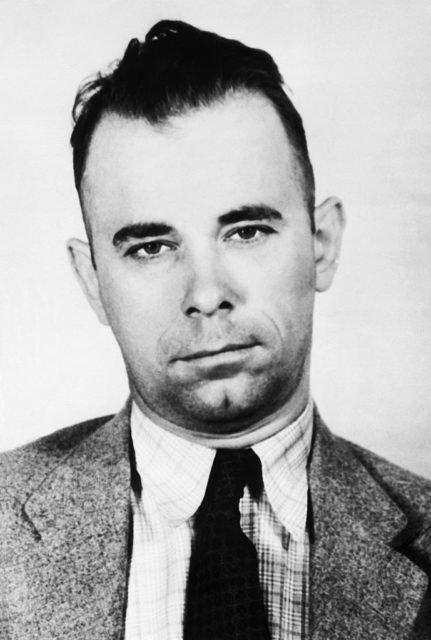
In 1934, mobster John Dillinger was one of the most wanted men in America. Dillinger dominated headlines around the nation throughout the 1930s. He was a notorious robber, leading many bank robberies before his death. In 1934, Dillinger went into hiding in Chicago and hoped to find a way to escape arrest.
Dillinger’s crimes were widely reported around the country. These articles often included his photo, meaning that his face was extremely recognizable. Dillinger turned to German-born doctor Wilhelm Loeser. Loeser, who was also involved in the narcotics trade, agreed to alter Dillinger’s face and fingertips for $5,000.
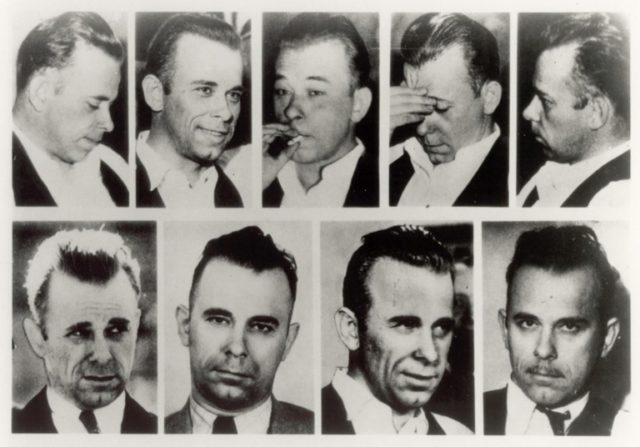
To obscure Dillinger’s fingerprints, Loeser cut away the outer layer of skin and treated the fingertips with hydrochloric acid. Loeser then scraped away any remaining visible ridges on the fingerprints. This was an experimental procedure, but Loeser felt confident because he had first tried it on himself.
Though Dillinger’s hands were out of commission for days, his fingerprints grew back mostly intact. The centers were blurred, but the edges of his fingerprints were still recognizable.
Ultimately, this surgery did nothing to help John Dillinger. He was shot dead by FBI agents in Chicago on July 22, 1934.
A pretty common practice
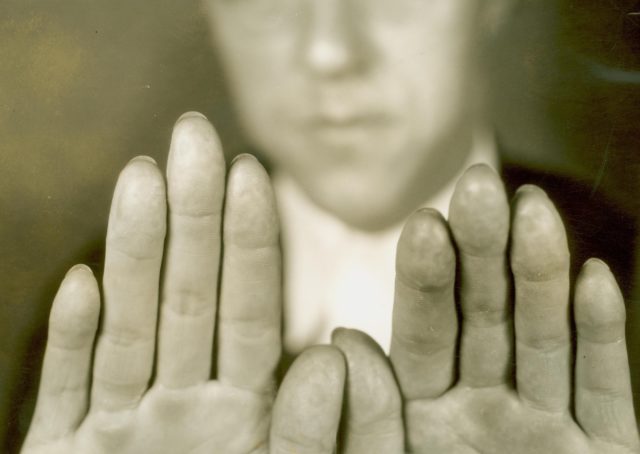
John Dillinger was not the only mobster who turned to plastic surgery to change their identity in the 1930s. As painful as it was, mobsters would instead alter their physical traits than being arrested and sent to jail – or worse.
It was becoming apparent that fingerprint identification was quickly becoming standard practice in identification with law enforcement. As such, many physicians decided to make a deal with the devil and help try and rid mobsters of their identity.
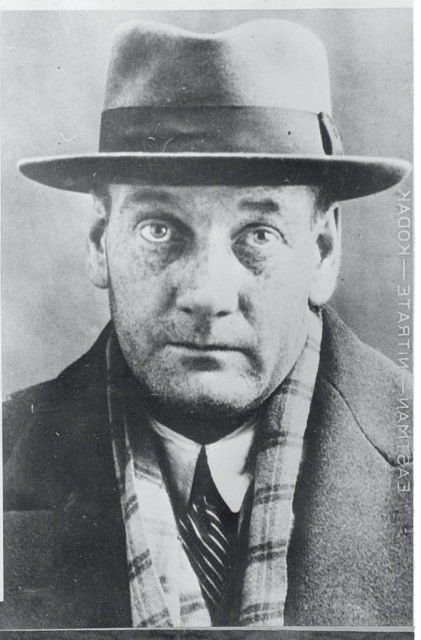
Though Dillinger went to Wilhelm Loeser, the surgeon of choice for many mobsters in the 1930s was Joseph Moran. Moran successfully removed the fingerprints of gangsters Fred Barker and Alvin “Creepy” Karpis of the Barker-Karpis Gang in 1933.
Only the prints on Karpis’s ridges were faintly visible. In fact, Moran’s surgery was so successful that Karpis had difficulty getting a passport to enter his native country of Canada decades later.
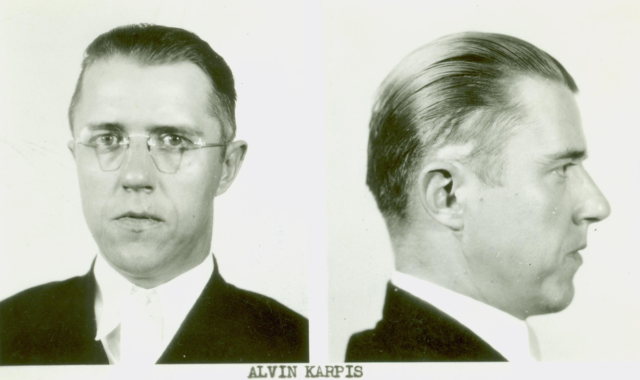
Sadly, Moran couldn’t keep his mouth shut about his role in the Barker-Karpis gang. In July 1934, he drunkenly bragged about the power he thought he held over gang members. This would be his downfall, as it is thought Fred Barker and Alvin Karpis murdered him.
In September 1935, Moran’s body washed up on the shores of Crystal Beach, Ontario. Like the mobsters he worked on, Moran also didn’t have any fingerprints when he was ashore. However, his lack of fingerprints was because his hands and feet had been cut off.
A painful practice
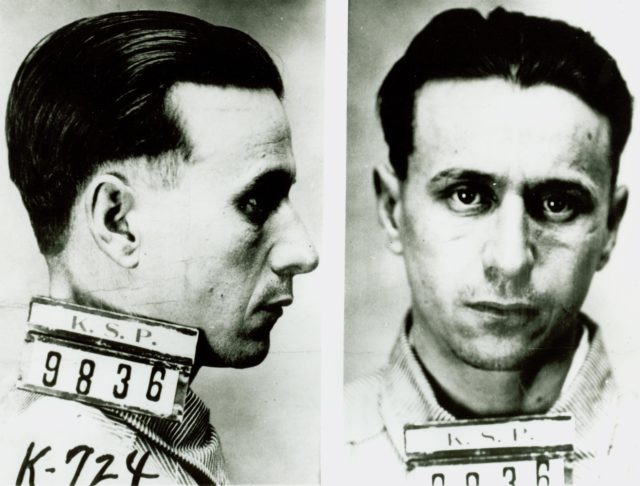
The first mobster to try and rid themselves of their fingerprints was August “Gus” Winkler in 1933. He was a murderer and bank robber who is often associated with Al Capone. His fingerprints show evidence of cutting and slashing to try and get rid of his prints. Though his fingerprints were still identifiable, they were successfully modified.
More from us: What’s In A Name? How Mobsters Got Their Bizarre Nicknames
Many different methods were used to try and remove or alter the fingerprints of mobsters. These methods included cutting, sanding, or burning fingerprints off. Fingers were also burned with cigarettes or dipped in acid. Although this trend became famous with prohibition mobsters, the practice of fingerprint mutilation continues even today in the criminal world.
